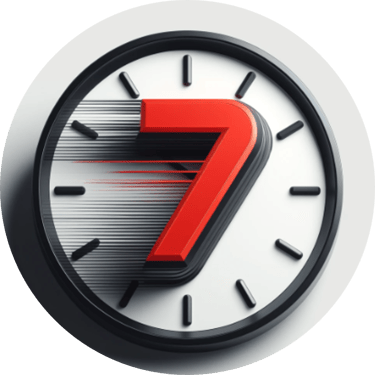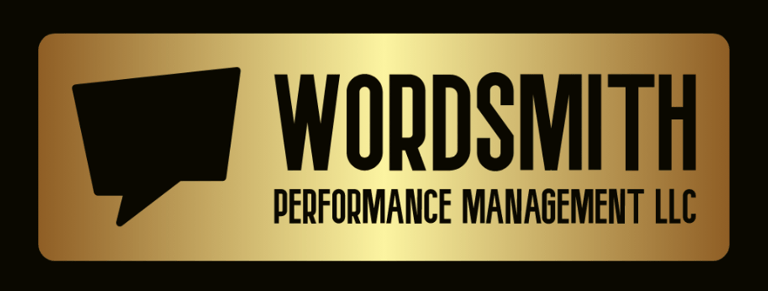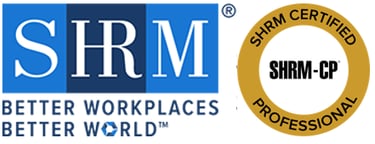What happens when "Plan A' falls flat?
𝐖𝐡𝐚𝐭 𝐡𝐚𝐩𝐩𝐞𝐧𝐬 𝐰𝐡𝐞𝐧 "𝐏𝐥𝐚𝐧 𝐀" 𝐟𝐚𝐥𝐥𝐬 𝐟𝐥𝐚𝐭?
We all love the allure of Plan A—that glittering, first-choice dream brimming with promise and possibility. It’s the career we envisioned, the relationship we idealized, or the idea that sparked our excitement. Plan A feels destined, draped in the glow of being the first option we latched onto. But here’s the hard truth: Plan A often seduces us with its shine, only to reveal cracks under pressure. Unrealistic expectations, misaligned priorities, or plain bad timing can turn that dream into a dead end. The challenge isn’t to cling to Plan A but to have the courage to pivot to Plan B—a smarter, more resilient path forged in reflection and reality. This is for anyone gearing up for a job search in 2025: stop romanticizing the first plan and embrace the power of the second.
Plan A’s appeal lies in its immediacy. It’s the job you thought defined success—maybe a corner office in a prestigious firm or a creative role that felt like your calling. It’s the relationship that seemed perfect on paper or the business idea that promised overnight success. But first plans often carry hidden flaws. A “dream job” might demand 80-hour weeks with no work-life balance. A seemingly perfect relationship might falter under mismatched values. An idea might crumble when market realities hit. We’re wired to overvalue what comes first, blinded by novelty and hope, but Plan A rarely survives the test of scrutiny unscathed.
Enter Plan B: the unsung hero of progress. Born from the ashes of Plan A’s shortcomings, Plan B is the product of hard-won wisdom. It’s the career pivot you make after realizing your initial path didn’t align with your values—like shifting from corporate law to nonprofit advocacy because impact matters more than income. It’s the relationship you build after learning what you won’t tolerate. It’s the business model you refine after your first pitch flops. Plan B isn’t louder or flashier; it’s smarter, grounded in experience rather than infatuation. It’s the detour that often leads to a better destination than the straight road ever could.
The challenge is to let go of Plan A without seeing it as failure. Society glorifies the “never give up” mantra, but stubbornly clinging to a flawed plan is a recipe for stagnation. Missing out on “perfect” isn’t defeat—it’s an opportunity to grow. For those eyeing a new job in 2025, this mindset is critical. The job market is evolving fast—AI is reshaping roles, remote work is shifting expectations, and industries are prioritizing adaptability. Your Plan A might be a role that no longer exists or a company culture that doesn’t suit you. Plan B could mean targeting a different industry, like transitioning from retail management to e-commerce logistics, or upskilling in a high-demand field like cybersecurity through platforms like Coursera or LinkedIn Learning. It might mean freelancing to test new waters or relocating for better opportunities.
To craft a strong Plan B, start with reflection. Why did Plan A falter? Was it the role, the industry, or your own expectations? Next, assess your strengths and gaps. Take a free skills assessment on LinkedIn to identify in-demand roles. Network intentionally—reach out to professionals in your target field for informational interviews. Set specific, actionable goals, like earning a certification by Q2 2025 or attending one industry event monthly. Finally, embrace adaptability. Plan B thrives on flexibility, not rigidity.
The beauty of Plan B is its resilience. It’s not settling—it’s choosing a path informed by experience, not illusion. Life’s greatest successes often come from the detours, the second chances, the plans we didn’t see coming. So, challenge yourself: let go of Plan A’s false promises, craft a Plan B with purpose, and step boldly into 2025. Your next opportunity isn’t behind the first door—it’s the one you build with clarity and courage.😉
#resumes #careers #7secondresume #resumetips #careerchange #planb




